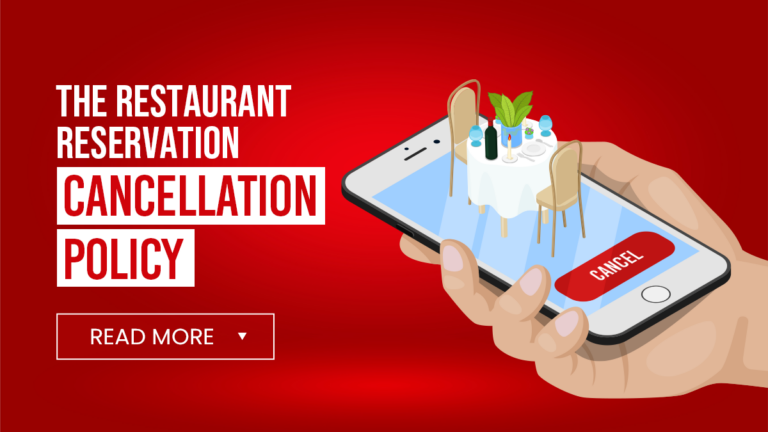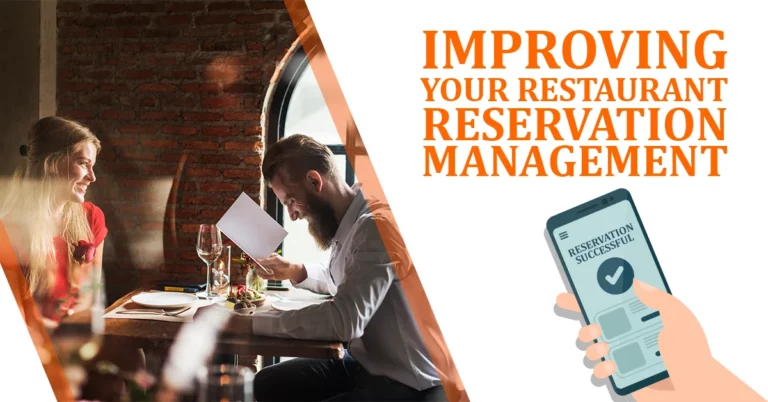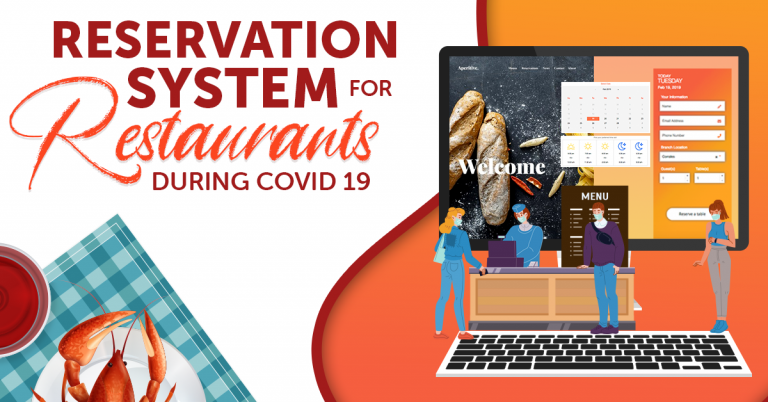7 Fine Dining Etiquette Rules Every Restaurateur Must Know
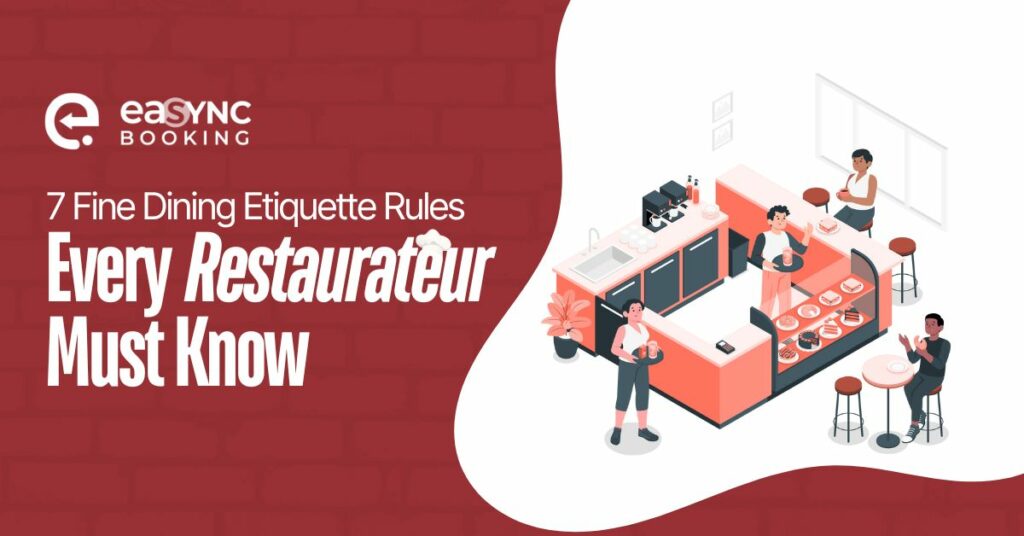
Providing great service is more than just about ensuring you take customers’ orders and receive their meals on time. It’s all about the actions you take, from cutlery setup to seeing off the guests as they leave the restaurant. All of these fall under fine dining etiquette, which is like a code of conduct to provide customers with the best experience possible.
According to Entrepreneur, 75% of diners are willing to spend more money on one-of-a-kind dining experiences. Additionally, 76% want more than just delicious meals and desire memorable locations as well. Meanwhile, 84% are looking for a surprising restaurant menu or theme.
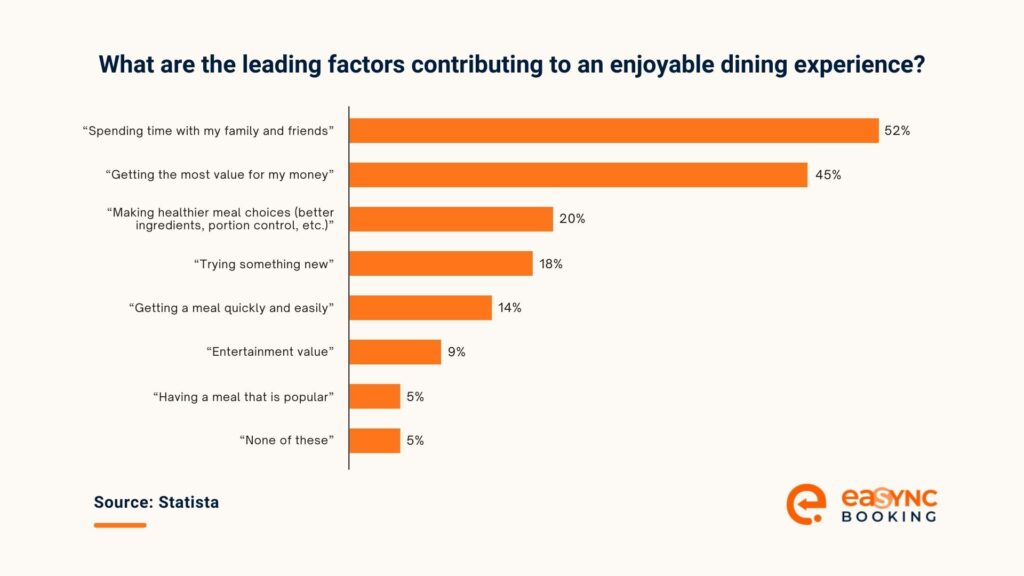
Source: Statista.
This growing trend of improved dining experiences influenced restaurants to be more dynamic and open to new ideas.
So, if you’re managing a fine dining restaurant, it’s vital to follow basic hospitality rules so diners can enjoy the pleasure of an elevated culinary experience.
Here are some fine dining rules:
7 Fine Dining Etiquette Rules Every Restaurateur Must Know
Being a restaurateur, you must have in-depth knowledge in applying fine dining etiquette. But chances are, a significant portion of restaurant owners are not fully versed in these dining practices. Among the reasons are cultural differences between the guests and staff, training, and experiences.
Additionally, other restaurateurs usually focus on other aspects, such as culinary skills and business management. So, with the growing popularity of fine dining across the globe, it’s essential to adapt international standards to elevate customer service.
Here are the seven fine dining etiquette that restaurateurs should consider:
Provide and Manage Reservations
Making reservations is a fundamental aspect of fine dining setups, which is especially helpful for managing your restaurant during peak hours. According to Modern Restaurant Management, 61% of restaurateurs now use an online restaurant booking system or platform to cater to guests’ needs.
Restaurateurs will benefit from a reservation system for restaurants that allow guests to book their preferred table at an available time and date. Of course, when confirming a booking, it’s essential to be punctual and professional in responding to customers.

Be Aware of Your Dress Code
First impressions matter immensely in fine dining. Thus, servers or waiters should look and act professionally. Being presentable and poised allows the diners to feel the elegance of your dining establishment.
Here are the basic dress code principles to follow:
- Uniforms. Dress appropriately by wearing the right uniform. It should be spotless and neatly ironed.
- Posture. Exhibit proper posture and avoid slouching, crossing your arms, putting your hands in your pockets, etc.
- Grooming. Style your hair neatly or use clips to pull back your hair from your face. Consider wearing hair nets, especially for long hair. Keep your nails well-trimmed, and avoid wearing jewelry during service to avoid distracting guests.
Also, if you want to make adjustments to your outfit, apron, or hair, it’s crucial to do it out of your guests’ sight.
Properly Follow Napkin Etiquette
Napkin etiquette can elevate a diner’s culinary experience. First, start with freshly pressed, neatly folded napkins — for instance, fan or rectangle folds are classics. Place one on the center of each plate before guests arrive. Then, you may unfold their napkin for them as they settle — a small gesture that sets the tone for their fine dining experience.
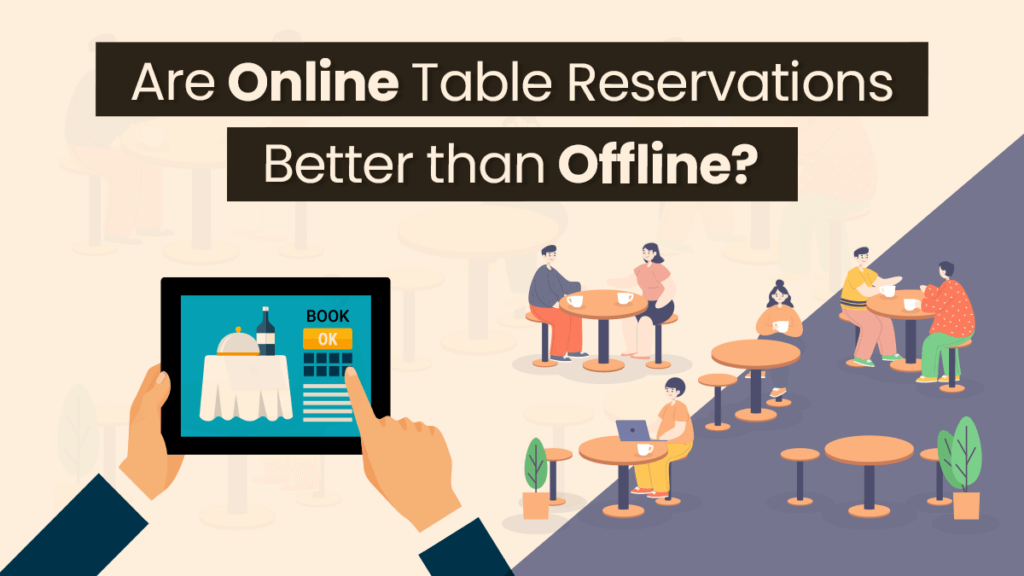
Here are simplified fine dining etiquette tips for waiters:
- During the water and bread service, let the guest take the lead in unfolding their napkins. This simple gesture shows you’re attentive, letting them feel comfortable while waiting for their meal.
- Pay attention to the napkin’s message. A guest is ready to eat if a napkin is placed on a lap. They’re done with the dish if the napkin is folded in half, and it also signals they’re ready for the next course. A fully folded napkin is a universal language in which a guest is finished with their meal.
Have an Understanding of Table Setting
As a server, preparing dining tables for service is a strategic way to enhance the restaurant’s ambiance. Guests will know that service is excellent if they witness an impeccable table setting.
Here’s how to set each aspect of the table perfectly in fine dining:
Linens
- Ensure all linens are wrinkle-free and freshly laundered.
- Drape the tablecloth over the table and be sure the overhang length is equal on all sides.
- Place the folded napkins to the left of the salad fork or on top of the dinner plate.
Flatware
- Spoons and knives are always on the right, while forks are on the left.
- Place the utensils in order of use.
- Place the dessert spoon and knife above the dinner plate.
Glassware
- Glasses are always placed to the upper right of the dinner plate. First in line is the water glass, and next is the white wine glass, followed by a red wine glass, champagne flute, and so on.
- However, you must place a teacup and saucer to the right of the spoons if you’re serving tea or coffee.
Number of Pieces
- A full-course meal usually consists of up to 20 pieces of dinnerware and utensils. So, be sure to set the table with the correct number of pieces so guests won’t be confused.

Be Silverware Savvy
Guests’ resting cutlery etiquette is a method of nonverbal communication commonly used in fine dining. Diners place their flatware in certain ways on the dinner plate to signal their needs to the waiter or server.
Here are the most common meanings in cutlery fine dining etiquette you need to understand:
- ‘Ready for the Next Course.’ If the guest places a fork and knife on the plate in a cross shape, it indicates they’re ready for the next dish.
- ‘Pause.’ If the guest places the fork and knife on top of the plate in an inverted V-shape, this means they need to get away from the table. Thus, servers must not remove their plate.
- ‘Finished the Meal.’ If the guest places the fork and knife side by side in a vertical position on the plate, it signals that the meal is over. This is also the best time to offer dessert or coffee.
- ‘Food Was Excellent.’ If the guest places the knife and fork in a horizontal position on the plate, it means the food is excellent. It’s a guest’s gesture of appreciation.
- ‘Unhappy With the Food.’ If the guest places the knife and fork in an inverted V-shape with the knife’s blade inside the fork’s tines, it means the guest is not satisfied with the meal.
Follow the Wine Service Protocol
Wine service is an art form in itself. First, always show the wine bottle to the guest. Then, pour gracefully and aim for a two-thirds full glass. Consider familiarizing yourself with different wines ideal for food pairings, such as grape varietal, decanting, and vintages.
While pouring, maintain eye contact with the guest, following a counter-clockwise order. Give the guests time to swirl, sniff, and taste the wine before serving the next person at the table. Be sure to use the right wine glass and offer water for palate cleansing.
Always Display Respectful Behavior
Benbria revealed that 51% of diners will never do business with an establishment again after one negative experience. Hence, providing excellent service is a critical component of a restaurant’s success. Thus, fine dining staff should be courteous and respectful when interacting with guests.
Here’s how to interact with guests and fellow staff in the venue:
- Upon arrival, greet the guests with a smile and guide them to their reserved table.
- When taking orders, ask the guest politely if they have any dietary restrictions or preferences, especially if they’re unfamiliar with the menu.
- Never touch or use pointing gestures toward a guest if they’re asking for a restroom’s location. Instead, gesture with an open hand to guide them.
- Wait for the guest to ask for the bill for checkout and do it discreetly when handing it to them before and after the payment is settled.
- Always thank the guests with a smile when they leave the venue.

Serve Up Fine Dining Etiquette to Ensure Satisfied Guests
It’s essential to start and end a fine dining service on a high note! Diners go to top-notch restaurants to experience a symphony of flavors and impeccable customer service that leaves an unforgettable impression. Your attentiveness and knowledge elevate the meal from ordinary to extraordinary, transforming satisfied diners into loyal patrons.
Moreover, diners can be eager to make reservations early if your website has a reliable restaurant booking system. You can ramp up your fine dining service and satisfy guests!
Related Articles
-
The Restaurant Reservation Cancellation Policy
A diner may debate whether an offline or Online Table Reservation is better. Whichever they prefer,...
Posted on Jun 1, 2023 -
Why You Should Know the Five Principles of Lean
Have you heard of the Lean Principles? Coined by the founders of the Lean Enterprise Institute in 1997, it is an idea that enables an organizati...
Posted on Jul 16, 2021 -
Restaurant Pro Plan Top Advantages: eaSYNC Edition
Restaurant Pro Plan booking systems have played a larger role than just its main purpose. From the...
Posted on Sep 13, 2023 -
Improving Your Restaurant Reservation Management
With the rise of the Internet of Things, restaurants are more likely to have an easier time with their...
Posted on Nov 6, 2019 -
The Rise of Reservation Systems in the Wake of COVID-19
The Novel Coronavirus (COVID-19) pandemic brought about drastic changes to people from all over the world....
Posted on Jul 23, 2020 -
How to Further Optimize WordPress Restaurant Pages
Optimize WordPress Restaurant Pages to Get Your Brand Across After creating your WordPress restaurant...
Posted on Mar 29, 2021


